Split-phase inverters are a versatile and reliable option for converting DC power into AC power for many renewable energy applications. They are used in residential and commercial settings for solar power systems, backup power systems, and other renewable energy applications.
Advantages of Split Phase Inverters
Split-phase inverters like the lvx6048 can provide power to a single-phase electrical system, the most common type found in homes and small businesses. They typically have two inputs for the DC power source and two outputs for the AC power.
One of the main advantages of split-phase inverter 48V is that they allow for greater power source flexibility. The Growatt split phase inverter, for instance, can be paired with various renewable energy sources, including solar panels and wind turbines, as well as batteries for backup power. Another advantage is that they can simultaneously provide power to multiple loads in what is known as a "split-phase" operation.
Choosing a Split Phase Inverter
Split-phase inverter models feature various safety features, such as over-current protection, over-voltage protection, and short-circuit protection. These features ensure that the inverter, be it a 48V split phase inverter like the LV6048 inverter or a 240V one, operates safely and efficiently. These inverters also have different types of communication, like RS232, RS485, Ethernet, WiFi, and GPRS, and they even have a built-in web server for remote monitoring and control.
It is also important to consider efficiency, power output, and compatibility with the renewable energy source and the loads.
48V VS. 240V Split Phase Inverters
48V and 240-volt split-phase inverters are the most popular. The primary difference is the voltage level they can accommodate. 48V inverters like the MPP lvx6048 work with 48V DC power sources and are consequently preferable in residential and small commercial solar systems because they're a more cost-effective option in such settings. They also require less wiring.
On the other hand, 240-volt split phase inverters work with 240V DC power sources. Conversely, they're typically used in large commercial and industrial power systems because they can handle higher power levels eliminating the need for multiple split-phase solar inverters in setups.

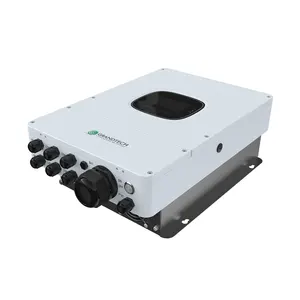

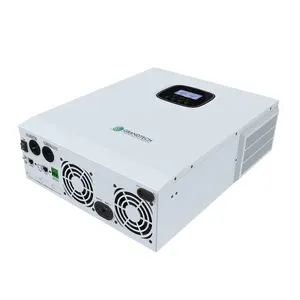





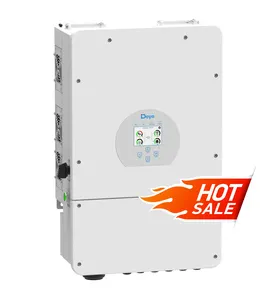
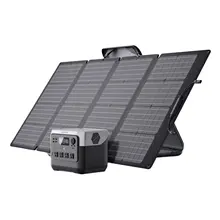








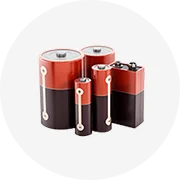
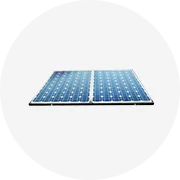
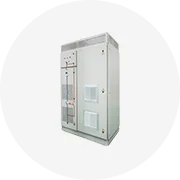
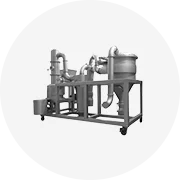
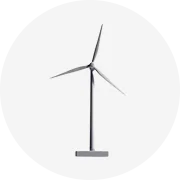
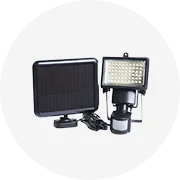
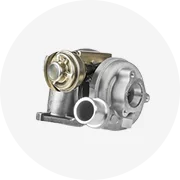
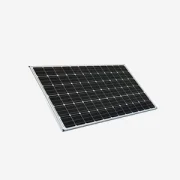








 浙公网安备 33010002000092号
浙公网安备 33010002000092号 浙B2-20120091-4
浙B2-20120091-4